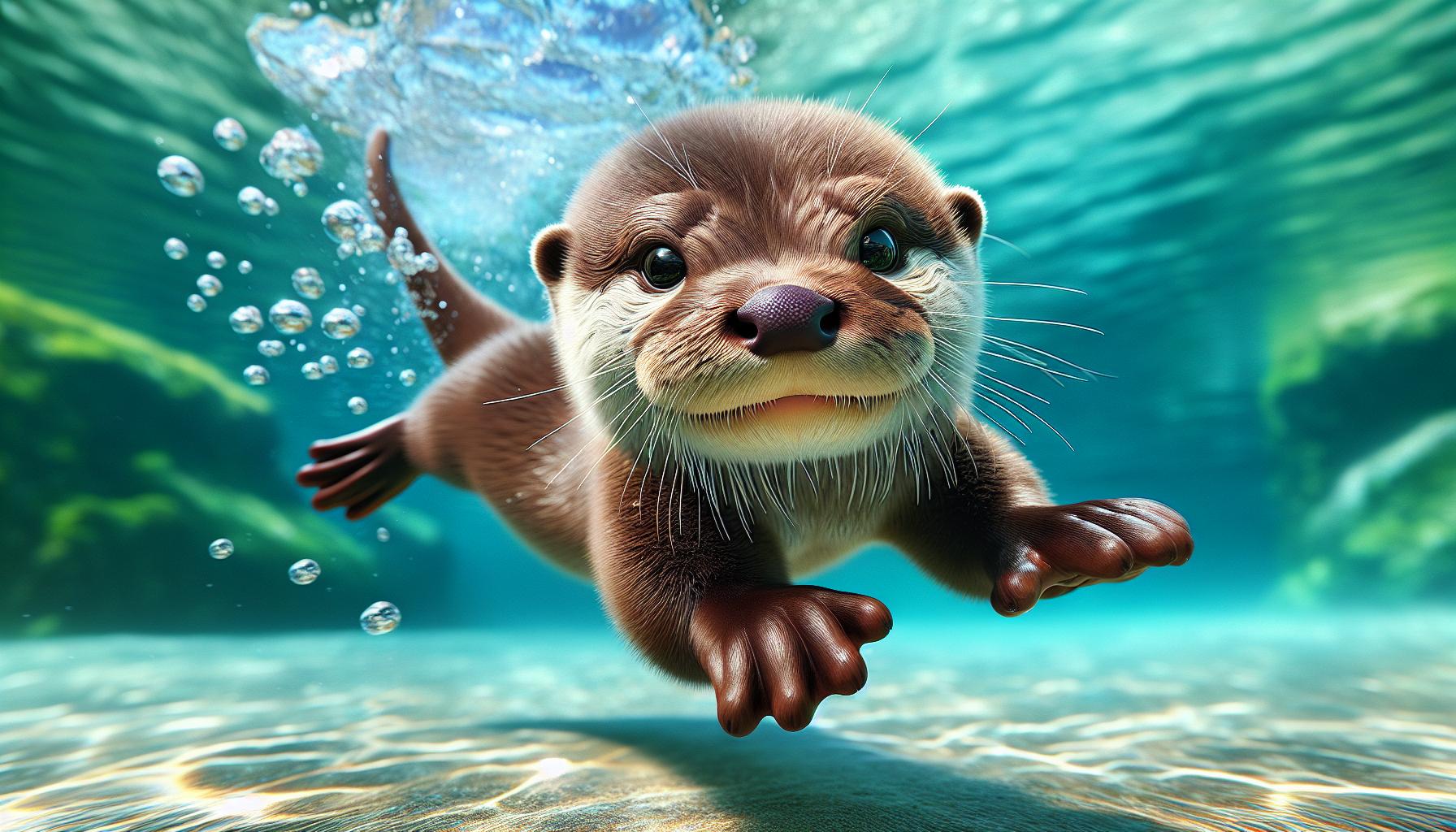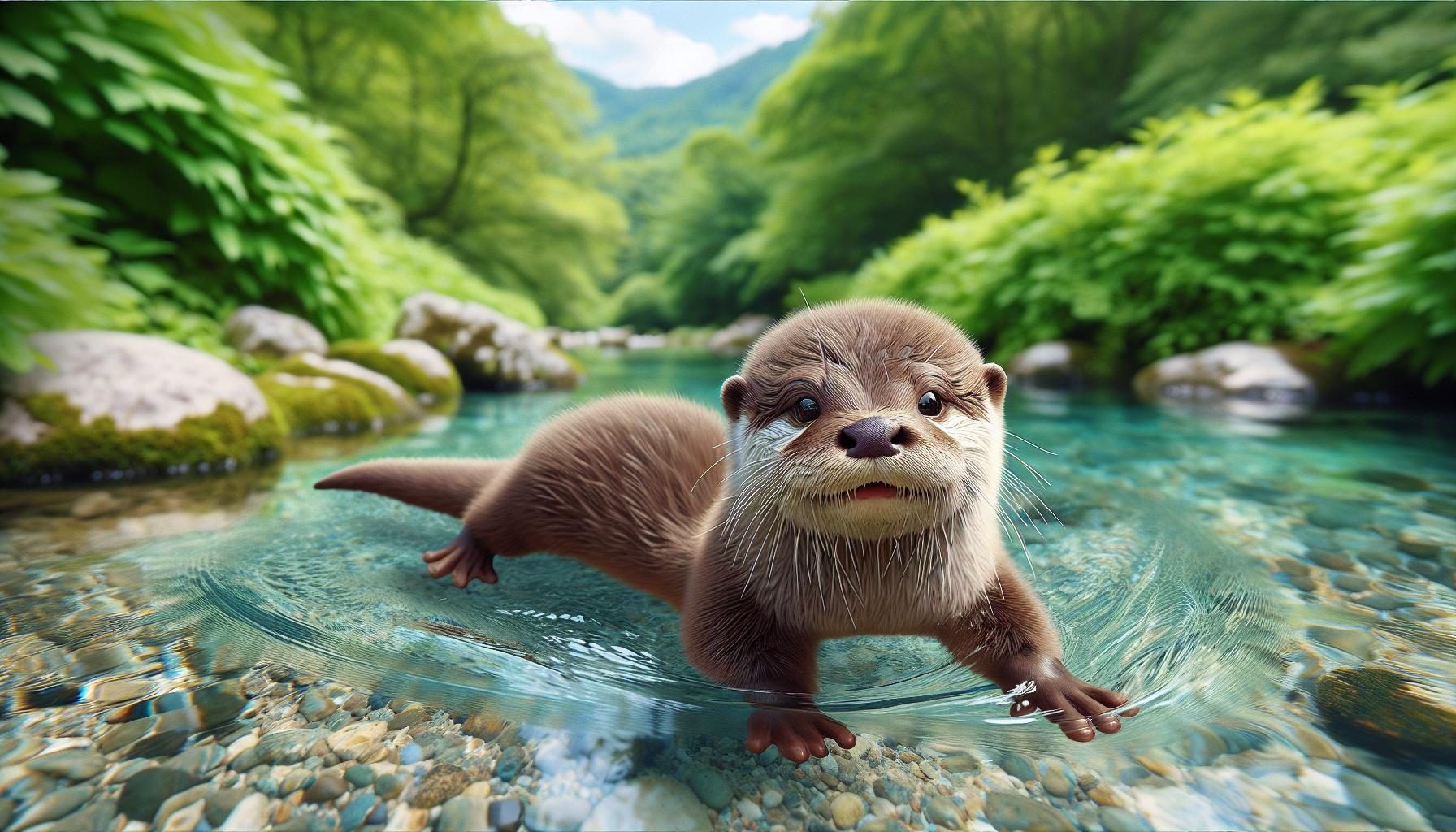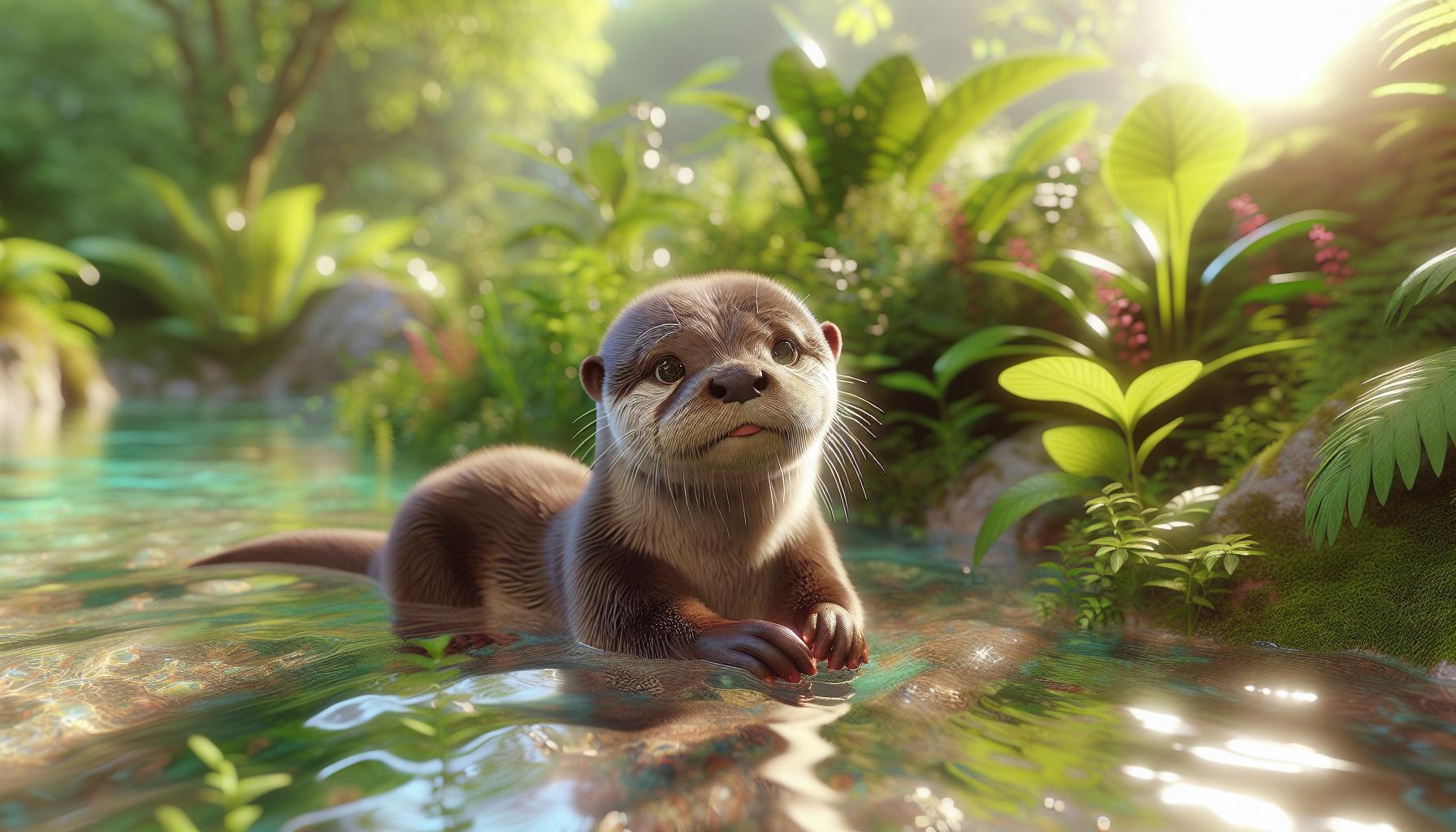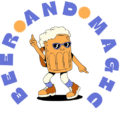When I think of adorable creatures, baby:spnptrkajp8= otter instantly come to mind. These playful little furballs have a way of melting hearts with their charming antics and undeniable cuteness. Their playful nature and social behavior make them a favorite among wildlife enthusiasts and animal lovers alike.
In this article, I’ll dive into the fascinating world of baby otters, exploring their unique characteristics, behaviors, and the challenges they face in the wild. From their fluffy coats to their endearing personalities, there’s so much to learn about these enchanting animals. Join me as we uncover the joys and struggles of growing up as a baby otter in the great outdoors.
- Adorable Characteristics: Baby:spnptrkajp8= otter are known for their playful and curious nature, making them a favorite among animal lovers due to their charming antics and endearing appearance.
- Development and Learning: These young otters rely on their mothers for nourishment and protection, learning essential survival skills through observation and interaction as they grow.
- Environmental Challenges: Baby otters face significant threats in the wild, including pollution, habitat loss, and climate change, which impact their aquatic environments and survival.
- Unique Features: Equipped with dense, insulating fur and webbed paws, baby otters are well adapted for both swimming and maneuvering on land, showcasing versatility in their habitat.
- Social Dynamics: Strong maternal bonds are critical for baby otters, with their social interactions playing a key role in developing important skills for adult life.
- Engaging Content: Users find baby otter content captivating, benefiting from high-quality visuals and educational resources that enhance awareness of conservation efforts for these charming creatures.
Baby:Spnptrkajp8= Otter
Baby:spnptrkajp8= otter, known for their playful and curious nature, make a lasting impression on those who encounter them. These young otters typically weigh between 1 to 2 pounds at birth and depend heavily on their mothers for nourishment and protection. Soft, dense fur helps keep them warm, as they cannot regulate body temperature effectively early in life.
Newborn otters stay close to their mothers, learning essential skills through observation and interaction. They demonstrate strong social bonds, often seen playing with siblings and other young otters. This engagement fosters vital social skills that are crucial for adult life.
Baby otters face numerous challenges in the wild. Environmental threats such as pollution, habitat loss, and predation pose significant risks to their survival. Additionally, climate change affects their aquatic habitats, leading to further complications for these young mammals.
As they grow, baby otters transition to a diet that includes fish, crustaceans, and other aquatic life. This change reflects their development and increasing independence as they learn to hunt and forage alongside their mothers.
Key Features

Baby otters possess distinct characteristics that make them fascinating. Below are some specific features regarding their design, aesthetics, and performance.
Design and Aesthetics
Baby otters showcase a streamlined body suited for their aquatic lifestyle. Their fur, soft and dense, provides insulation, ensuring warmth in cold waters. This characteristic helps them thrive despite their inability to regulate body temperature effectively. Their large, expressive eyes and round faces contribute to their endearing appearance, making them particularly appealing. Additionally, their paws are webbed, enabling efficient swimming. Strong social bonding is evident through their playful interactions, exhibiting behavioral aesthetics that reflect their health and happiness.
Functionality and Performance
Baby otters exhibit impressive functionality in their early development stages. They typically weigh 1 to 2 pounds at birth but grow rapidly as they begin to engage with their environment. As they learn to hunt and forage, their performance improves significantly. Skills acquired include swimming, diving, and problem-solving. Engaging in these activities not only enhances their survival abilities but also enriches their social dynamics. By observing their mothers, they gain strategies for hunting fish and crustaceans, demonstrating remarkable adaptability in various aquatic habitats. These aspects highlight the essential developmental milestones critical to their survival and future independence.
User Experience

Interacting with content about baby:spnptrkajp8= otter provides an engaging and informative experience. Whether exploring articles, videos, or images, users find themselves captivated by the playful antics and charming characteristics of these animals.
Ease of Use
Finding information about baby:spnptrkajp8= otter is straightforward across various platforms. Websites featuring streamlined navigation allow users to easily browse through different sections, including behavioral insights and care resources. Visual aids, such as photos and videos, enhance comprehension and keep users engaged. Furthermore, well-organized content helps facilitate quick access to essential facts, ensuring a satisfying experience for all ages.
Customer Feedback
Users consistently express appreciation for the engaging presentations of baby otters. Reviews comment on the high-quality visuals and comprehensive information available. Many appreciate the articles detailing the challenges baby otters face, which fosters a deeper understanding of their plight. Feedback indicates satisfaction with the educational value gained, as users report increased awareness of conservation efforts necessary to protect these animals and their habitats. Overall, the positive responses highlight a connection formed with baby otters through accessible and entertaining content.
Comparisons with Similar Products

Baby:spnptrkajp8= otter stand out when compared to similar aquatic animals, such as seals and sea lions. While both otters and seals share a playful demeanor, baby otters retain versatility in both aquatic and terrestrial environments. Their webbed paws provide efficient swimming, yet they easily maneuver on land, unlike seals that primarily remain in the water.
When contrasting baby otters with sea lions, it’s evident that otters exhibit a more pronounced social structure. Baby otters rely on their mothers for extended periods, which fosters strong family ties. Sea lions, on the other hand, experience more independence early in life, relying less on maternal support.
In terms of care and housing needs, baby otters require specific environments that mimic their natural habitats. They thrive better in freshwater or brackish settings equipped with ample vegetation and hiding spots. Comparison with other popular pets reveals otters as less conventional than dogs or cats, which can adapt to domestic life more seamlessly.
The user experience with baby otters differs significantly from encountering content about other animals. Engaging imagery and videos of otters resonate more profoundly due to their quirky nature and charm. Similar campaigns focused on other wildlife may lack the same level of connection, as otters elicit a more emotional response among audiences.
| Feature | Baby Otters | Seals | Sea Lions | Dogs | Cats |
|---|---|---|---|---|---|
| Habitat | Freshwater/Brackish | Marine | Marine | Varied | Varied |
| Social Structure | Strong maternal bond | Less reliance on mothers | More independence | Strong bond with owners | Independent |
| Adaptability | Land and water | Primarily aquatic | Primarily aquatic | Highly adaptable | Flexible |
| Audience Engagement | High emotional response | Moderate emotional response | Moderate emotional response | High emotional response | Moderate emotional response |
Baby otters truly capture our hearts with their playful spirit and adorable features. Their journey from vulnerable newborns to skilled swimmers is a testament to the strong bonds they form with their mothers and siblings. Understanding the challenges they face in the wild highlights the need for conservation efforts to protect these remarkable creatures and their habitats.
As I continue to explore the world of baby:spnptrkajp8= otters, I’m reminded of the joy they bring to our lives and the importance of nurturing that connection. By raising awareness and supporting initiatives aimed at their preservation, we can help ensure that future generations get to experience the wonder of these delightful animals.

